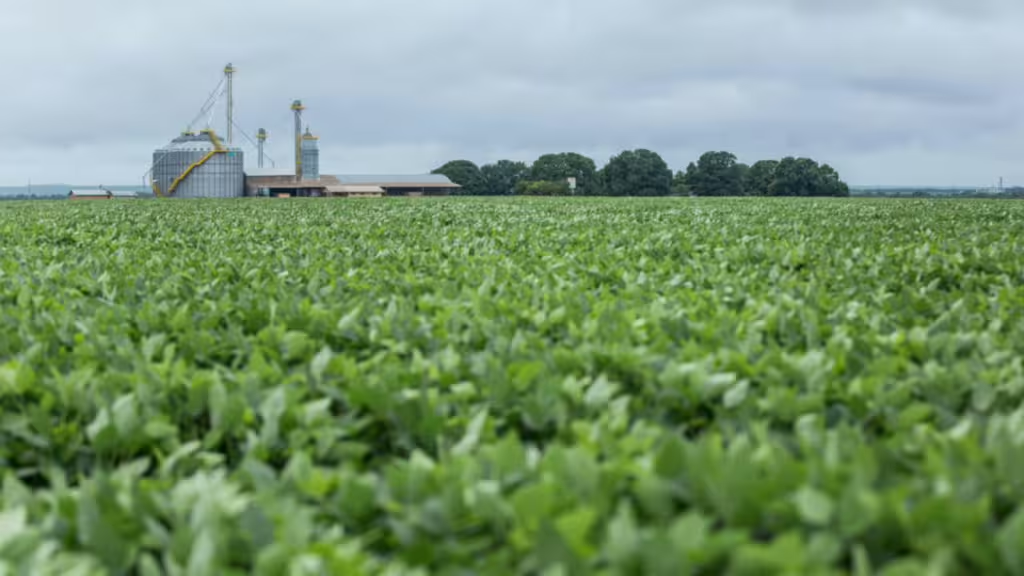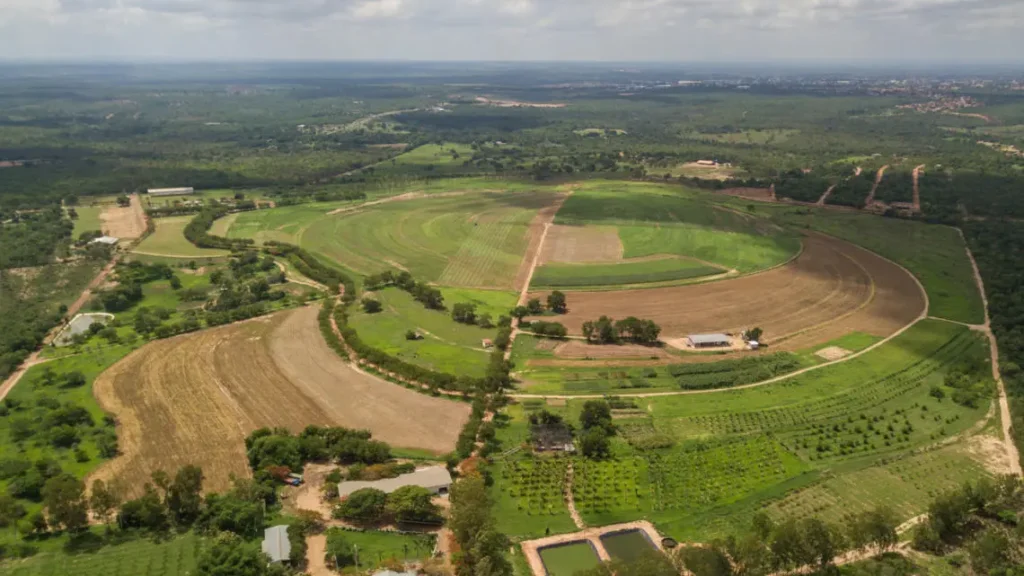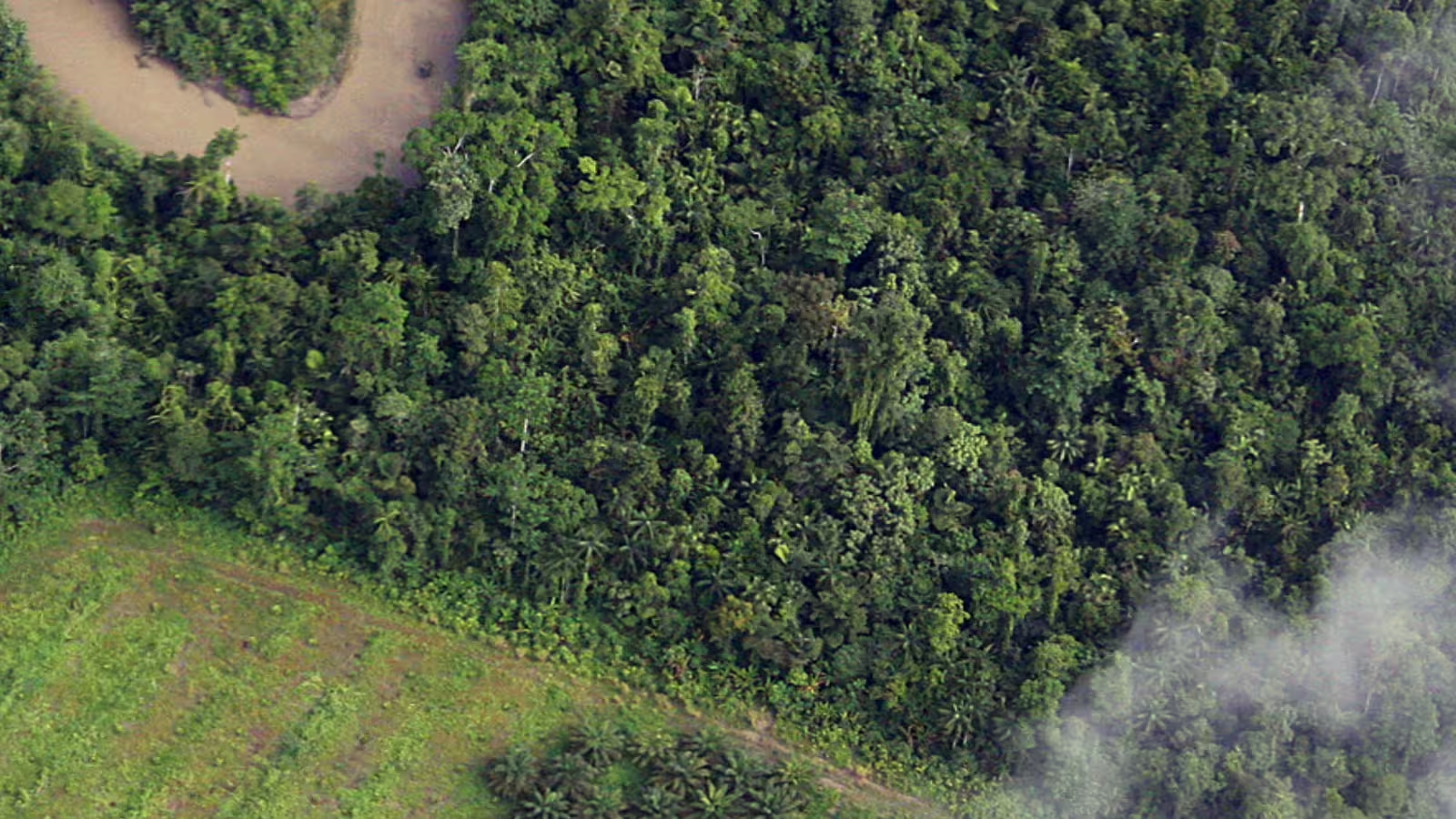WBCSD outlines four steps to integrating deforestation into climate- and nature-related financial disclosure to help financial institutions improve transparency on material risks and meet net zero goals
New York – September 23rd 2024 – Today, the World Business Council for Sustainable Development (WBCSD) released new practical guidance for financial institutions (FIs) on how to integrate deforestation into financial disclosure, and its importance amid increasing material risks arising from exposure to companies linked to deforestation.
The guidance, Deforestation Disclosure Guide for Financial Institutions: Towards integrated nature- and climate-related financial disclosure, from the Forest Finance Risk Consortium (FFRC) – launched by the U.S. Department of State and led by WBCSD – sets out four clear steps that financial disclosure practitioners can take to ensure that deforestation is included in their organization’s climate- and nature-related financial disclosure and climate transition plans.
Deforestation and other land-use changes are responsible for 30% of global biodiversity loss and the main driver of global CO2 emissions from the agriculture, forestry and other land use sectors. As a result, exposure to companies linked to deforestation – through, for example, the financing of the agriculture and food sector – can lead to material climate- and nature-related risks for FIs and significantly limit progress towards climate and nature targets.
In recent years, there has been a notable trend for regulators to increasingly require climate-related disclosure from FIs according to previously voluntary frameworks, including in the European Union. This trend looks set to continue with a number of jurisdictions, including Canada, Malaysia and Singapore, planning to mandate disclosure according to the International Sustainability Standards Board (ISSB). Nature-related disclosure is likely to follow the same path guided by the Task Force on Nature-related Financial Disclosures (TNFD). In addition, more than 130 banks and over 315 asset managers have committed to net-zero targets and FIs are increasingly working to set nature targets.
Currently, only a limited number of FIs disclose deforestation risks in their portfolios – just 13% of those disclosing through financial services disclosure platform CDP in 2023. This is in part due to scattered data and guidance on assessing and managing deforestation risks and a lack of clarity on calculating financed emissions for land-use change. However, this is set to change in 2025 with the Deforestation-free Finance Platform from WBCSD and Global Canopy, and the GHG Protocol’s Land and Removals Guidance from WBCSD and the World Resources Institute.
As both regulations and risk management expectations require increasing action to limit, financial institutions face a myriad of risks from exposure to companies linked to deforestation, including to their reputation and portfolio performance. The four steps outlined in this guidance will help financial institutions assess implications and plan actions to prepare for deforestation risk management and disclosure.
- Diane Holdorf, WBCSD’s Executive Vice President
Land use sits at the heart of the climate-nature nexus; the impacts and resulting risks are more evident now than ever. This timely guidance sheds light on how financial institutions can disclose, act on, and address deforestation and natural ecosystem conversion in step with the existing and emerging climate- and nature-related standards and frameworks that are being implemented across the economy.
- Tomasz Sawicki, Head of Land, CDP
This new guidance provides an overview of the current climate- and nature-related financial disclosure landscape, ways to carry out deforestation-specific disclosure and to integrate deforestation risk into current voluntary and mandatory frameworks. It culminates in a clear four-step process on deforestation disclosure and how Fis can move toward deforestation-free portfolios and net zero goals. Additionally, it discusses the important role that nature-based solutions, such as avoided deforestation and restoration, can play in reducing climate-related physical risks and emissions, and therefore in transition plans. The guidance outlines four steps:
- How to adopt deforestation-free finance guidance and join collaborative finance sector initiatives,
- How to disclose annually through deforestation-specific disclosure,
- How to integrate deforestation into climate- and nature-related financial disclosures and transition plans,
- How to work towards holistic disclosure.
The four-step guidance will be accompanied by training for practitioners on November 14th, 2024.
Media contacts
For media enquiries relating to the new guidance and FFRC: Natasha Ferrari, Senior Director, Communications, Climate Advisers, ferrari@climateadvisers.org
For general media enquiries relating to FFRC and WBCSD: Louise Patzdorf, Senior Manager, Strategic Communications for Imperatives, patzdorf@wbcsd.org
Notes to editors
The new guidance, Deforestation Disclosure Guide for Financial Institutions: Towards integrated nature- and climate-related financial disclosure, is the result of a collaborative effort by WBCSD, FFRC members and other supporting organizations, with lead authors, James Hulse (Hindsight Consultancy) and Gretel Gambarelli (WBCSD). The guidance was reviewed externally by James d’Ath (TNFD), Monique Ewerton (CDP), Tom Hegarty (TNFD), Vemund Olsen (Storebrand Asset Management AS), Bethany Ridley-Morgan (Lloyds Banking Group), Tomasz Sawicki (CDP) and Lara Yacob (Consultant). The main donor of this initiative was the U.S. Department of State and its Bureau of Oceans and International Environmental and Scientific Affairs (OES), Office of Global Change (EGC).
About the Forest Finance Risk Consortium (FFRC)
Launched by the U.S. Department of State and led by WBCSD, the Forest Finance Risk Consortium brings together financial institutions (banks, asset managers, investors), land-use change monitoring experts, and climate- and nature-related financial risk disclosure professionals. The aim of the FFRC is to foster widespread and better assessment and disclosure of exposure to deforestation and other land-use change risks in investment/lending portfolios, with the ultimate objective to help financial institutions eliminate financed emissions and nature loss driven by deforestation.
About the World Business Council for Sustainable Development (WBCSD)
WBCSD is a global community of over 220 of the world’s leading businesses, representing a combined revenue of more than USD $8.5 trillion and 19 million employees. Together, we transform the systems we work in to limit the impact of the climate crisis, restore nature and tackle inequality.
We accelerate value chain transformation across key sectors and reshape the financial system to reward sustainable leadership and action through a lower cost of capital. Through the exchange of best practices, improving performance, accessing education, forming partnerships and shaping the policy agenda, we drive progress in businesses and sharpen the accountability of their performance.
Related
Content

Global soy exporters adopt new measures to eliminate deforestation and native vegetation conversion in Brazil’s Cerrado region
21 June, 2023

Bunge surpasses non-deforestation and sustainability targets in indirect supply chains in South America
24 May, 2022

Members of the Soft Commodities Forum deliver progress on soy supply chain traceability to track deforestation and conversion risks in the Cerrado
16 December, 2021

